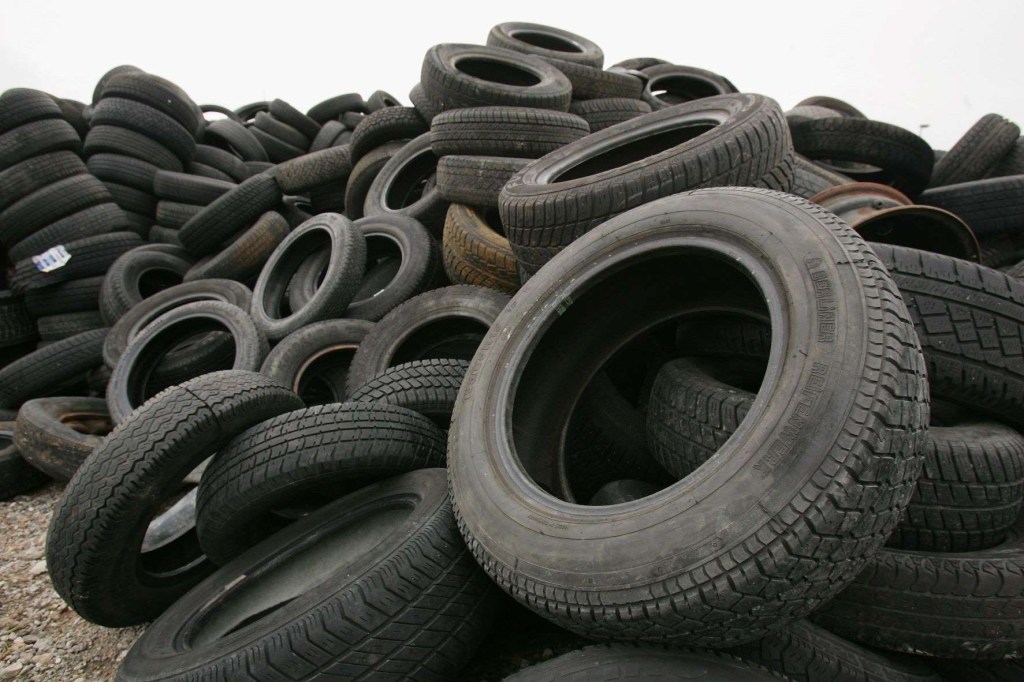
Warning: Bald Tires Are Very Dangerous for Winter Driving
Winter weather creates many problems for drivers. This includes starting a car in subzero weather, ice on the windshield, car doors that are frozen stuck, and slippery driving conditions. Given all of these challenges, you want to make sure that your car is best prepared with adequate maintenance for winter. This includes ensuring that the tires are not bald or have significantly reduced tread. This is because bald tires are very dangerous for winter driving.
What does it mean to have a bald tire?

What are bald tires? Bald tires are tires that have minimal or no tire tread, as detailed by 8 News Now. For new tires, the tire depth typically ranges from 10/32 to 12/32 inches. Off-road vehicles can have a tire depth of up to 15/32 inches. When tires reach a depth of 2/32 inches, they are considered to be bald. Most auto mechanics recommend replacing your tires when they reach a depth of 4/32 inches.
Reasons why bald tires are dangerous for winter driving

There are numerous reasons why bald tires are dangerous for winter driving. This includes:
- Bald tires can suddenly fail. Since they are thinner, bald tires are more likely to be punctured, resulting in a flat tire or a tire blowout.
- It takes a longer distance to stop if the car tires are bald. Considering that it already takes longer for a car to stop on snowy or icy winter roads, a bald tire makes stopping even more difficult.
- Bald tires increase the risk of hydroplaning on icy and snowy roads. Since bald tires have little to no traction, a car with bald tires is more likely to hydroplane and spin out of control.
- On snowy roads, bald tires perform very poorly. The grooves on tires provide traction in snow, so without them, it makes it challenging to start and stop a car.
- Bald tires lose air pressure more rapidly. Underinflated tires have less traction.
In addition to the dangerous aspects of bald tires for winter driving, there are other negative elements. This includes lower fuel economy, increased maintenance and repair costs, and slower acceleration. Also, for most states, it’s against the law to drive a car with a tire tread depth below 2/32 inches. Furthermore, if you get in a car accident, bald tires could be considered proof of negligence.
How to prevent bald tires and drive safely this winter
The first step to prevent bald tires is to follow the routine maintenance schedule for your car. Typically when you get an oil change, an auto mechanic checks the tire tread depth. Also, you can use a penny to check the tread depth yourself. To do this, place a penny in one of the tire grooves, with the top part of the penny touching the tire. If Abraham Lincoln’s head is covered by the tire, then the tire tread depth is more than 2/15 inches. If all of Lincoln’s head is visible, then you should buy new tires.
To prolong the life of car tires and reduce tire tread wear, keep your tires properly inflated. Underinflated tires more quickly wear down the outer edges of a tire, while overinflated tires result in increased wear on the middle of the tires. Other measures that you can take to prevent bald tires include rotating your tires every six months, maintaining the suspension, and ensuring that the wheels are properly aligned.
You may save money from holding off on replacing bald new tires with new ones. However, it’s not worth the risk. Bald tires are dangerous any time of the year, but the danger increases even more during winter. Check your car tires to see if they are bald. If they are, then buy new tires as soon as possible.


